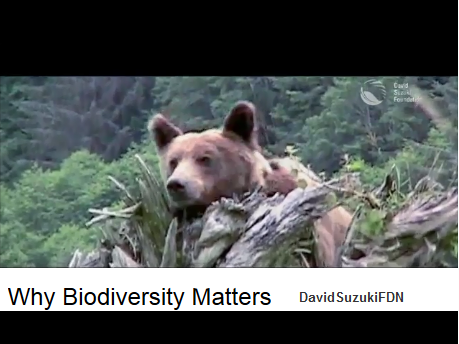What is biodiversity?
Biodiversity is the degree of variation of life. This not only includes variation in plant and animal species, but addresses all levels from genetic variation, to diversity of ecosystems. And it spans all habitats, including terrestrial, marine, and other aquatic ecosystems and the ecological complexes of which they are part of.
The diversity of organisms on this planet is breath-taking: Somewhere near 1.5 million species have been catalogued to date; and the total number of plants, animals and bacteria is estimated to exceed 11 million.
Beyond numbers, it is of major importance to acknowledge that biodiverse ecosystems are the ‘life support’ of humankind. The multiple benefits that we derive from ecosystems are known as ‘ecosystem services’. An obvious example are the food and genetic resource we depend on for our survival. In addition to the important role of biodiversity in providing ecosystem services, the diversity of living species has intrinsic value independent of any human concern.
Despite knowing about the importance of biodiversity, human activity is currently causing a massive global species extinction. To illustrate species loss in particularly sensitive biogeographic regions, the concept of ‘biodiversity hotspots’ has been created. To qualify as a biodiversity hotspot, a region must meet two strict criteria: it must contain at least 0.5% or 1,500 species of vascular plants as endemics, and it has to have lost at least 70% of its primary vegetation. Around the world, 25 areas qualify under this definition.
Manifold efforts are being taken to counteract species extinction. As one of the 3 Conventions of the 1992 Earth Summit in Rio, the Convention on Biological Diversity (DBC) has been launched. With 193 parties it is a truly global endeavour. CBD is pushing the so-called ‘Aichi targets’, a set of hat 20 ambitious goals that provide a framework for action to save biodiversity and enhance its benefits for people.
